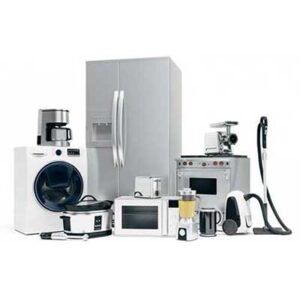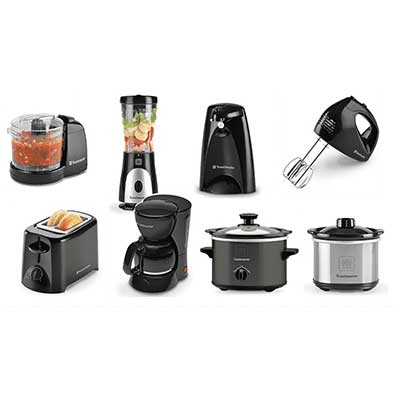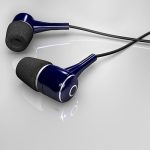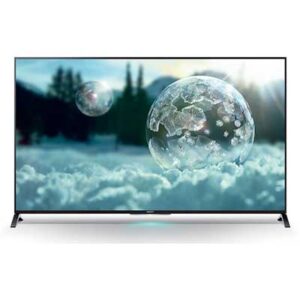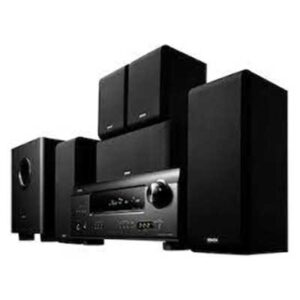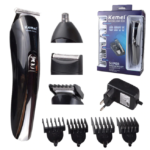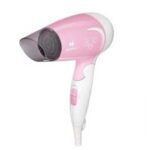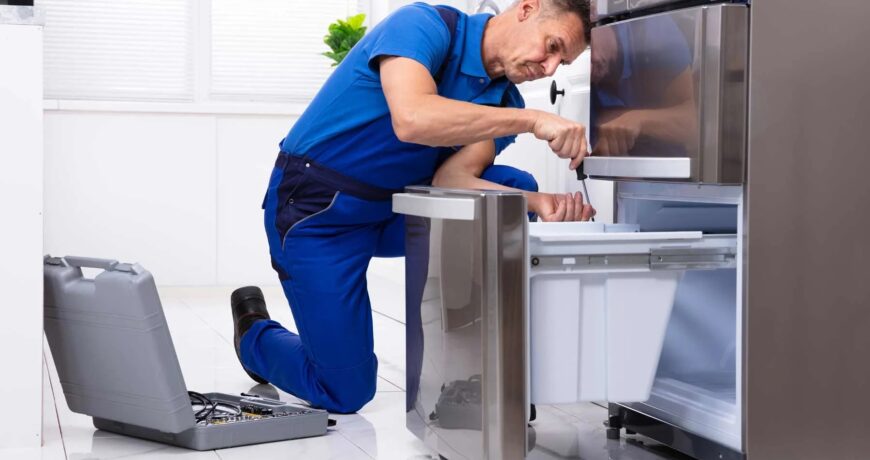How to Repair Refrigerators: A Comprehensive Guide to Fixing Common Issues Leave a comment
Introduction:
Refrigerators are essential appliances that keep our food fresh and beverages cool. However, like any other machine, refrigerators can encounter problems over time. Instead of immediately calling a repair technician, many refrigerator issues can be resolved with some basic troubleshooting and repairs. In this guide, we will walk you through the step-by-step process of repairing common refrigerators problems. From diagnosing the issue to implementing the necessary fixes, this article will equip you with the knowledge to tackle refrigerators repairs with confidence.
Table of Contents:
- Understanding the Basics
- How a Refrigerator Works
- Safety Precautions
- Troubleshooting Common Problems
- Refrigerators Not Cooling
- Excessive Frost Build-up
- Leaking Water
- Unusual Noises
- Faulty Ice Maker
- Door Seal Issues
- Diagnosing the Problem
- Gathering Information
- Observing Refrigerators Symptoms
- Identifying Potential Causes
- Necessary Tools and Equipment
- Basic Repair Tools
- Specific Refrigerator Parts
- Step-by-Step Repair Guide
- General Repair Tips
- Cooling System Repairs
- Defrost System Repairs
- Water Leakage Repairs
- Compressor and Fan Repairs
- Ice Maker Repairs
- Door Seal Replacement
- Safety Precautions
- Power Disconnection
- Proper Handling of Refrigerant
- Electrical Safety Tips
- When to Call a Professional
- Complex Repairs
- Warranty Considerations
- Lack of Technical Expertise
- Preventive Maintenance Tips
- Cleaning the Refrigerator
- Regular Inspection and Maintenance
- Energy Efficiency Tips
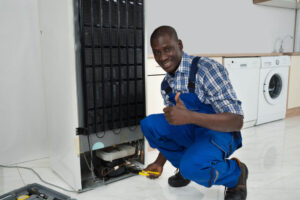
All Points Are In Details
1. Understanding the Basics:
-
How a Refrigerator Works:
Gain an understanding of the key components and principles behind the functioning of a refrigerator, including the refrigeration cycle and the role of various components such as the compressor, condenser, evaporator, and thermostat.
-
Safety Precautions:
Prioritize safety by learning essential safety precautions, such as disconnecting power, handling refrigerant safely, and using proper protective gear.
2. Troubleshooting Common Problems:
- Refrigerator Not Cooling:
Learn how to diagnose and fix issues when your refrigerator fails to cool properly, including checking the thermostat, condenser coils, and evaporator fan.
-
-
Excessive Frost Build-up:
-
Understand the causes of frost buildup and how to resolve it, including inspecting the defrost heater, defrost timer, and defrost thermostat.
-
-
Leaking Water:
-
Identify potential sources of water leaks, such as a clogged drain tube or faulty water inlet valve, and learn how to fix them.
-
-
Unusual Noises:
-
Determine the causes of unusual noises, such as rattling or buzzing sounds, and troubleshoot the condenser fan, evaporator fan, or compressor.
-
-
Faulty Ice Maker:
-
Fix issues with the ice maker, such as a jammed mechanism or a faulty water supply valve, to restore ice production.
-
-
Door Seal Issues:
-
Address problems with the door seal, including replacing worn-out gaskets to maintain proper temperature and energy efficiency.
3. Diagnosing the Problem:
-
Gathering Information:
Collect relevant information, such as specific symptoms, noises, or error codes, to aid in the diagnosis process.
-
Observing Refrigerator Symptoms:
Pay attention to common signs like temperature fluctuations, frost buildup, or water leaks, which can provide clues to the underlying issue.
-
Identifying Potential Causes:
Use your observations to narrow down the potential causes and focus on the most likely problem areas.
4. Necessary Tools and Equipment:
-
Basic Repair Tools:
Familiarize yourself with the essential tools required for refrigerator repairs, such as screwdrivers, pliers, multimeter, and a flashlight.
-
Specific Refrigerator Parts:
Understand the various parts that may require repair or replacement, including components like thermostats, motors, valves, and gaskets.
5. Step-by-Step Repair Guide:
-
General Repair Tips:
Follow general guidelines for safe and effective repairs, such as disconnecting power, removing panels, and documenting the process.
-
Cooling System Repairs:
Learn how to troubleshoot and repair components related to the cooling system, including the compressor, condenser, evaporator, and refrigerant lines.
-
Defrost System Repairs:
Address issues with the defrost system, including the defrost heater, defrost timer, and defrost thermostat.
-
Water Leakage Repairs:
Fix problems causing water leaks, such as a clogged drain tube or faulty water inlet valve.
-
Compressor and Fan Repairs:
Resolve issues with the compressor, condenser fan, or evaporator fan to restore proper cooling.
-
Ice Maker Repairs:
Troubleshoot and repair the ice maker, including checking the water supply, inlet valve etc.
-
Door Seal Replacement:
Learn how to replace worn-out or damaged door seals to ensure proper insulation and temperature control.
6. Safety Precautions:
-
Power Disconnection:
Always disconnect the power supply before starting any repairs to avoid electric shock.
-
Proper Handling of Refrigerant:
If you need to work on the refrigerant system, follow the appropriate procedures for handling refrigerant to prevent environmental damage and ensure your safety.
-
Electrical Safety Tips:
Understand electrical safety precautions, such as avoiding water contact, using insulated tools, and testing for live wires.
7. When to Call a Professional:
-
Complex Repairs:
If the repair involves complex components or requires specialized tools or expertise, it may be best to seek professional help.
-
Warranty Considerations:
Check your refrigerator’s warranty to determine if the repair is covered. In some cases, attempting repairs on your own could void the warranty.
-
Lack of Technical Expertise:
If you don’t have the necessary technical knowledge or confidence to perform the repairs, it’s advisable to consult a professional technician.
8. Preventive Maintenance Tips:
-
Cleaning the Refrigerators:
Regularly clean the interior, exterior, and condenser coils of your refrigerator to ensure optimal performance and energy efficiency.
-
Regular Inspection and Maintenance:
Perform routine inspections to identify and address potential issues early on, such as checking for leaks, loose connections, or worn-out parts.
-
Energy Efficiency Tips:
Implement energy-saving practices like adjusting temperature settings, keeping the refrigerator well-stocked, and minimizing door openings to reduce energy consumption.
Conclusion:
Repairing a refrigerator can save you time and money, and with the right knowledge, many common issues can be resolved without professional help. By following this comprehensive guide, you will gain the skills necessary to diagnose and fix common refrigerator problems. Remember to always prioritize safety and take the necessary precautions when handling electrical components. If the issue is beyond your expertise or covered by warranty, it is advisable to seek professional assistance. Regular preventive maintenance will also help prolong the lifespan of your refrigerator and prevent future issues. With this guide, you can become a confident DIY refrigerator repairer and enjoy the benefits of a well-functioning appliance for years to come.

